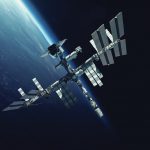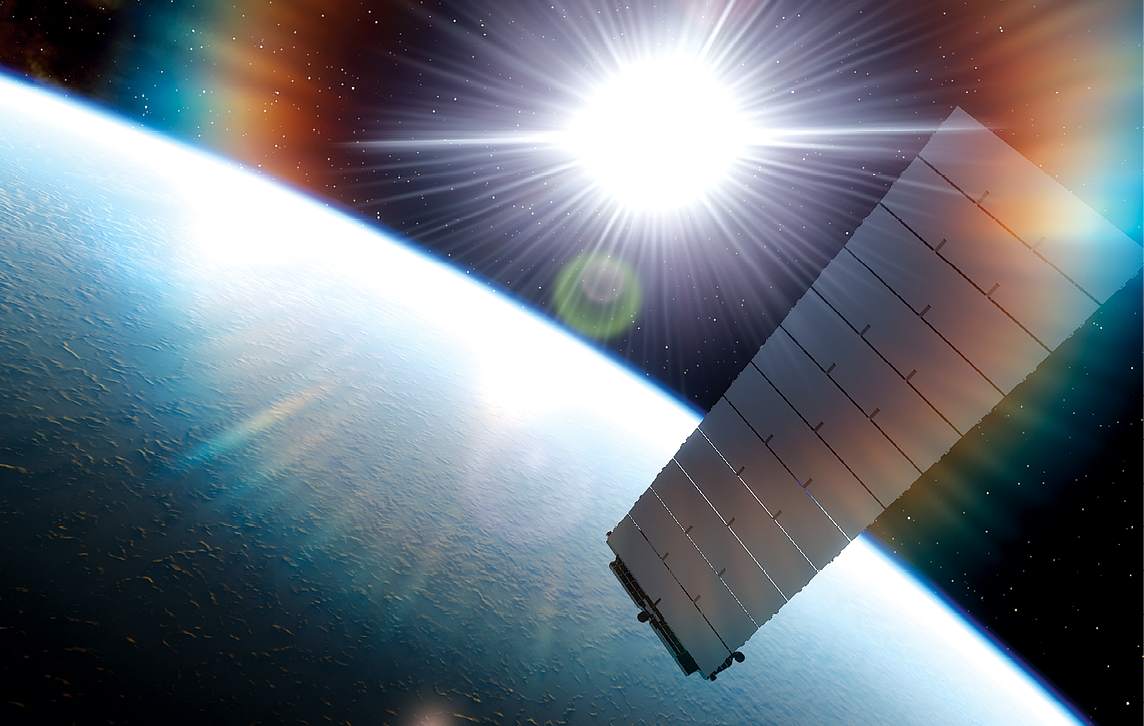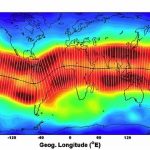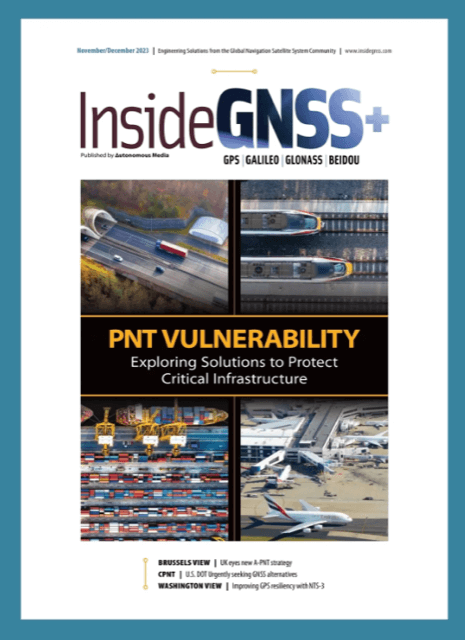Precise Point Positioning in Urban Environments
With a Low-cost Single-frequency Multi-GNSS Receiver
Although precise point positioning (PPP) has been largely limited to applications in open environments using high-end GNSS receivers, recent test results demonstrate that a new PPP system with a mass-market receiver can significantly improve positioning accuracy in urban environments.
By Inside GNSS












